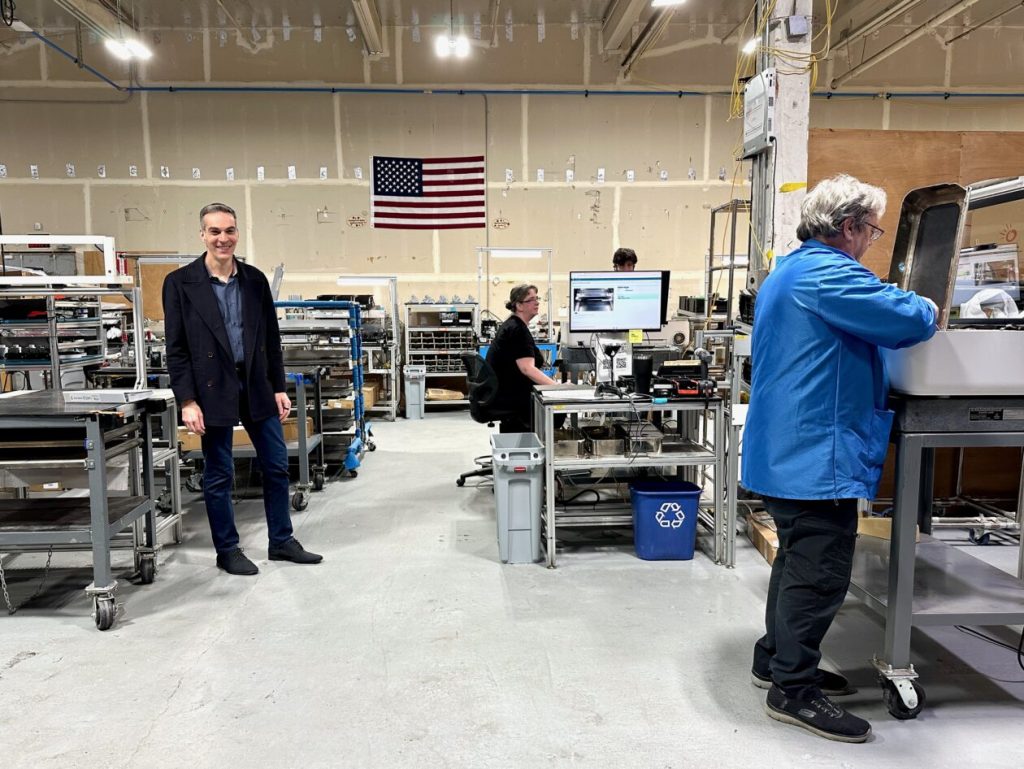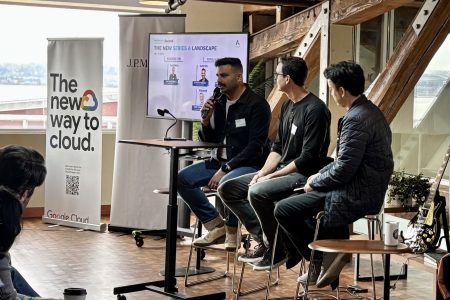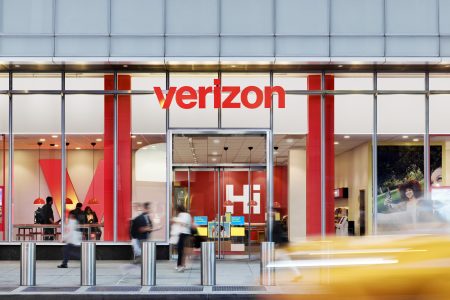Glowforge Closes Seattle Manufacturing Facility Amid Economic Challenges
Glowforge, the innovative laser cutting and engraving company founded in 2015, is shutting down its Seattle manufacturing facility less than a year after bringing production of its high-end machines back to the United States. CEO Dan Shapiro announced that production at the SoDo neighborhood facility will cease within two months, marking another challenging chapter for the 10-year-old startup. The closure affects workers who were hired to assemble Glowforge’s premium models—the $7,000 Pro HD and $5,000 Plus HD machines—and comes amid broader economic pressures and policy shifts that have complicated the company’s manufacturing strategy. While Shapiro declined to specify exactly how many employees would be affected, he confirmed that laid-off workers would receive severance packages, continued health coverage, and outplacement support as the company navigates this transition.
The decision to close the Seattle facility stems from multiple factors, including an expiring lease and changing zoning regulations that would prevent Glowforge from establishing a permanent manufacturing presence in the area. In March, the Seattle City Council approved new housing developments in the industrial SoDo neighborhood, effectively eliminating the possibility of long-term industrial operations there. More significantly, Shapiro pointed to economic and policy challenges that undermined the company’s domestic manufacturing ambitions: “The expected federal incentives and support for manufacturing here didn’t materialize. Instead, we saw massive tariffs on components that we needed to build our products here.” This statement reflects the company’s disappointment with the business environment that greeted its patriotic decision to bring some production back to American soil, a move that Shapiro had previously framed as a strategy to mitigate risks associated with uncertain trade policies.
Despite these setbacks, Shapiro highlighted the Seattle facility’s notable accomplishments during its brief operational period. The company achieved impressive quality improvements, with Shapiro stating that the Seattle operation “achieved quality rates that were more than 50% better than what we had at our old factory in Mexico.” This success was attributed to the skilled technicians hired in Seattle, many of whom brought valuable experience from building aerospace components, satellites, and medical equipment. The facility had also served as a laboratory for implementing artificial intelligence in manufacturing processes, with cameras and microphones installed throughout the production area to harness generative AI for improving efficiency and safety. These innovations represented Glowforge’s vision of creating a manufacturing process that could rapidly evolve and adapt—a vision now complicated by the facility’s closure.
The manufacturing relocation is just the latest challenge for Glowforge, which has weathered several difficult periods since its founding. The company had previously conducted layoffs in August that affected its sales and marketing teams as well as senior executives. Prior to that, Glowforge experienced rough patches in 2023 and 2024, including employee reductions after a funding round fell through. These struggles stand in contrast to the company’s earlier successes, including raising a total of $183 million in funding since its inception and securing a position as number 125 on the GeekWire 200 startup index. While Glowforge will maintain a presence in Seattle with plans to find a new headquarters location in the city, the manufacturing closure represents a significant scaling back of its local operations and a departure from its vision of innovation-driven domestic production.
The fate of Glowforge’s high-end machine production remains somewhat unclear. While the company’s lower-priced Aura and Spark models will continue to be manufactured in Mexico, Shapiro declined to specify where production of the premium models currently made in Seattle would move. This uncertainty reflects the complex calculus facing American hardware startups in today’s global manufacturing landscape, where considerations of cost, quality, supply chain resilience, and political factors must all be balanced. Glowforge’s attempt to bring production back to the United States—partially motivated by concerns about former President Trump’s tariff policies—ironically fell victim to the very economic headwinds and policy shifts it had hoped to navigate by establishing domestic manufacturing.
Glowforge’s story illustrates the challenges of hardware manufacturing in the United States, even for well-funded technology startups with innovative products. Founded in 2015 by Dan Shapiro, Mark Gosselin (current CTO), and Tony Wright (who left in 2017), the company gained prominence through its user-friendly laser cutting and engraving machines that empowered small businesses, hobbyists, and educational institutions. Shapiro himself brought entrepreneurial experience from previously selling Sparkbuy to Google and creating Robot Turtles, a coding board game for children that became one of Kickstarter’s most successful campaigns. Despite this pedigree and the company’s technological innovations, Glowforge’s manufacturing journey—from overseas production to partial reshoring and now this reversal—demonstrates that even companies with strong leadership, substantial funding, and cutting-edge products face significant hurdles when attempting to establish and maintain manufacturing operations in the United States. As Glowforge prepares to close its Seattle production facility and find a new headquarters, the company’s experience serves as a case study in both the promise and challenges of American manufacturing in the contemporary global economy.













